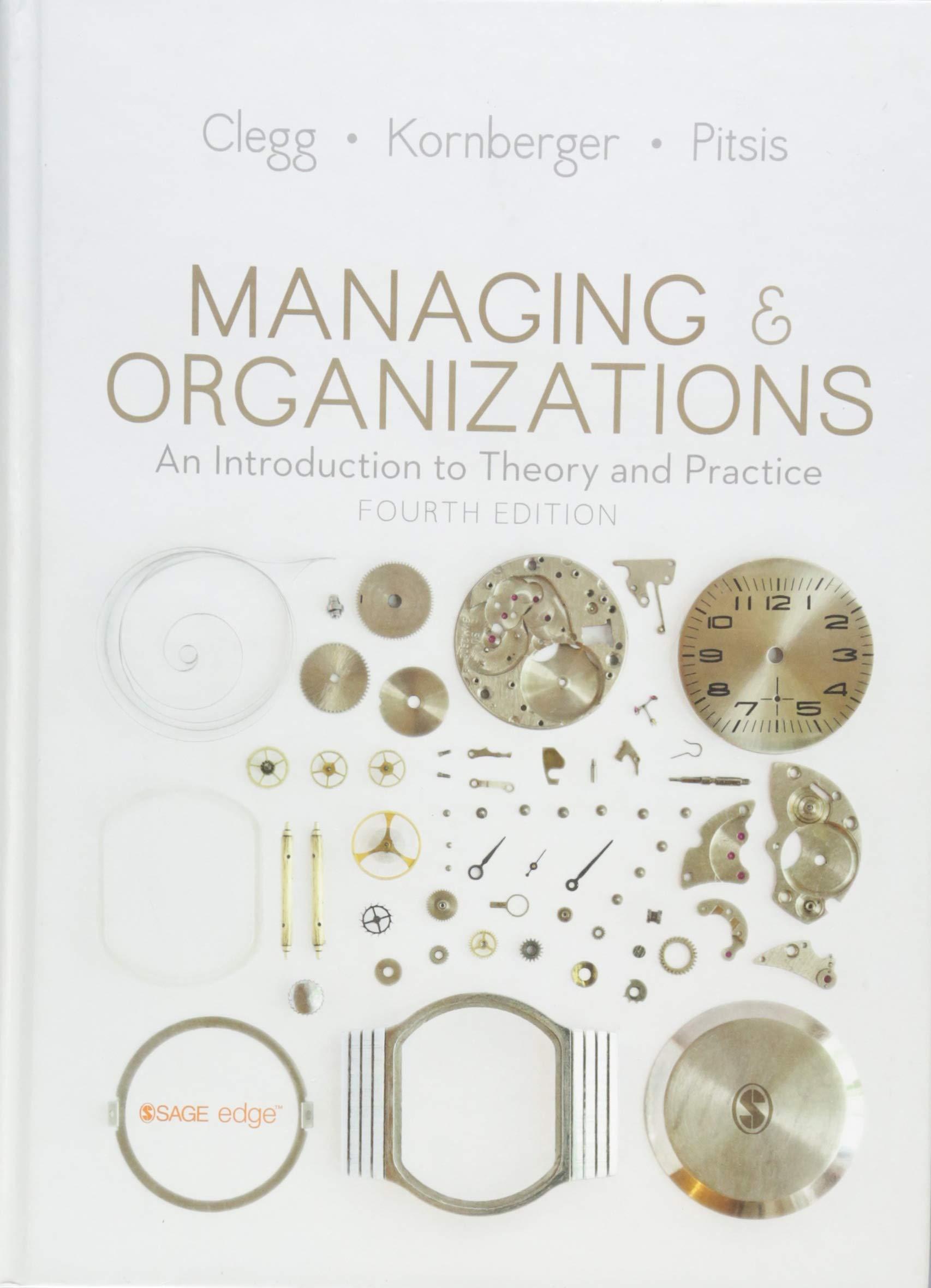Emerging from the private menageries of royal families in Europe during the eighteenth century, public zoos remained
Question:
Emerging from the private menageries of royal families in Europe during the eighteenth century, public zoos remained primarily focused on entertainment until the second half of the twentieth century. Costumed chimpanzee performances, elephant rides, orangutan tea parties, and displays of human 'savages' were common spectacles in various zoos around the world during this period. From the 1960s, leading zoos increasingly concentrated on animal conservation, on breeding endangered species in more natural habitats (as their enclosures began to be called), and on eco-efficiency. Granby Zoo, one of the most popular zoos in Canada and a major economic driver in its region, is an example of the metamorphosis that such institutions have undergone.
Granby Zoo had returned to profit by this time, largely assisted by a new attraction that saw visitor numbers increase by 35 per cent in 1984. When the management staff left in 1985, the president hired a new vet who was also given two new responsibilities previously held by the director of infrastructure: animal curator and zookeeper manager. With this new power, the vet was able to replace rapidly half the zookeepers with trained specialists who supported his efforts to improve animal care. The vet's vision was inspired by a best-practice zoo conference he attended in his first year, where he learned about the potential of exchanging or breeding animals with other zoos rather than purchasing them from dealers (which was increasingly difficult and expensive as wild species numbers diminished). This required good animal records and healthy specimens, so the vet began improving animal diets, care, and habitats. With financial resources available and management behind him, the vet applied for accreditation from the network of leading American zoos that focus on conservation. While certification was not initially awarded, the recommendations stemming from the evaluation assisted the vet in pushing through a series of improvements, which saw Granby Zoo accepted into the presti- gious Association of American Zoos and Aquariums by the end of the 1980s. During this period Granby Zoo began focusing on housing and breeding endangered species in international networks, supporting conservation efforts worldwide, reintroducing certain almost extinct species back into the wild, and educating thousands of visitors each year about such issues. By the 1990s, animal conservation and education were firmly anchored in the zoo's mission.
Questions
1. How have criteria for measuring zoos as 'good' or 'ethical' evolved? How and why did Granby Zoo's raison d'tre evolve?
2. When did Granby Zoo become an ethical organization? What made it so?
3. Which factors contributed to the success of ethical initiatives in Granby Zoo? Which factors limited such progress?
4. How did certain individuals (the vets, zookeepers, environmental coordinator, or upper management) facilitate or hinder such change?
Step by Step Answer:

Managing And Organizations An Introduction To Theory And Practice
ISBN: 9781446298367
4th Edition
Authors: Stewart R Clegg, Martin Kornberger, Tyrone S. Pitsis





